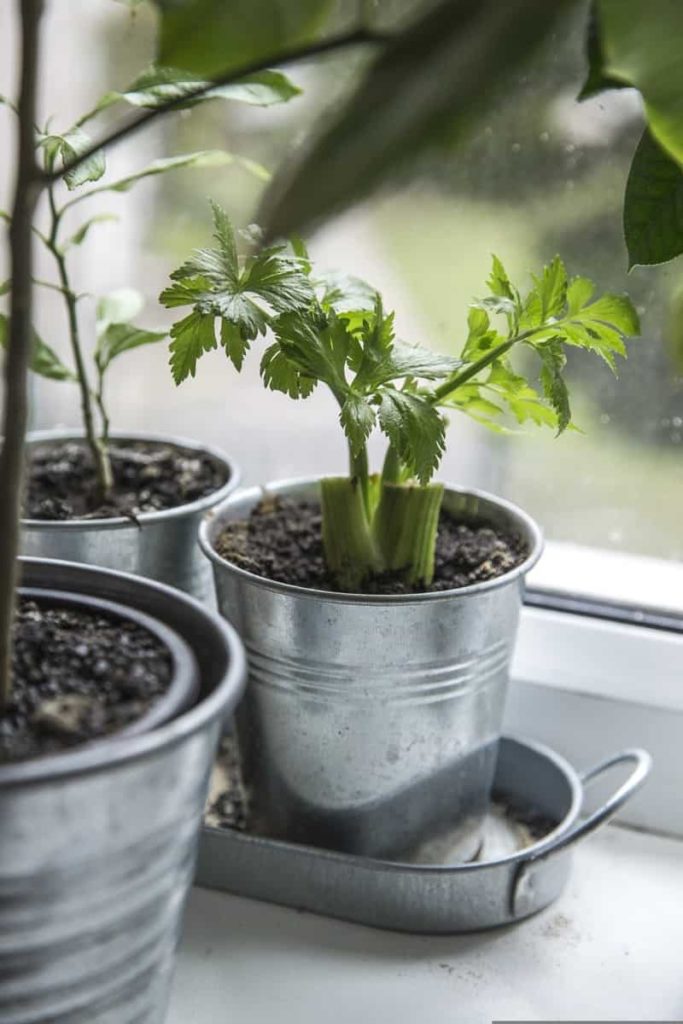The space under the stairs is the perfect place for a small indoor garden as it does not take up any extra space in the house. A unique and popular use today is the indoor garden under the stairs. You can do this if your space gets some bright indirect light there or by using artificial lights.
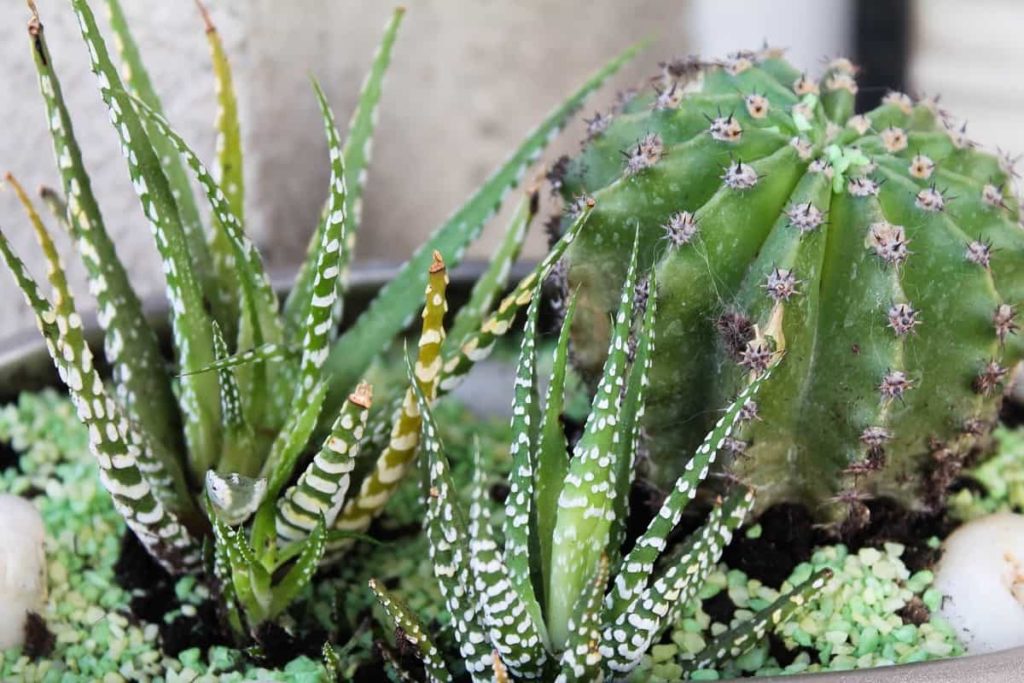
Creating such a garden is easy and does not take much time. Apart from this, this garden is also quite budget-friendly. To create a garden like this, you’ll need a tree stump, a few pebbles, and plants that survive with minimal maintenance. You can also place it in a tight space. You will need ceramic planters, beautiful house plants, and some pebbles.
How to start indoor garden under stairs
Tips that you can follow to create a garden under the stairs
Choose patterns that will thrive
Just as you would when designing any new flower bed, assess how much sunlight your stairs receive during the day, and choose your plants accordingly. Choose low-rise options that will hug your stairs so people don’t trip over them. Some good ones include Creeping Jenny, Prostate Veronica, and Woolly Thyme. Palms are a great option for indoor gardens if there is light as they require less maintenance and less water; otherwise, you can go for ferns and mini plants, which require less light.
Take benefit of the space under the stairs to make a beautiful garden that adds aesthetic value to your home’s interior, especially the stairs. Another simple option is to cover the floor with pebbles to accommodate pots of different sizes and decorative items. The pots don’t all have to be the same, but they should have some common feel to create a beautiful pot garden.
Create the right environment
If you want to plant in the space between treads and risers or along the borders of stairs, fill those spaces with a well-draining compost or soil mix. Your steps will protect the plants from strong winds and hot sun, but you’ll need to plant specimens that can withstand the heat absorbed during the day by stone or concrete. You need to water more or put in an irrigation system.
In case you missed it: Gardening Tips for Beginners: At Home, in Pots/Containers, Indoors, On Terrace for Vegetables, Flowers, Fruits, and Herbs
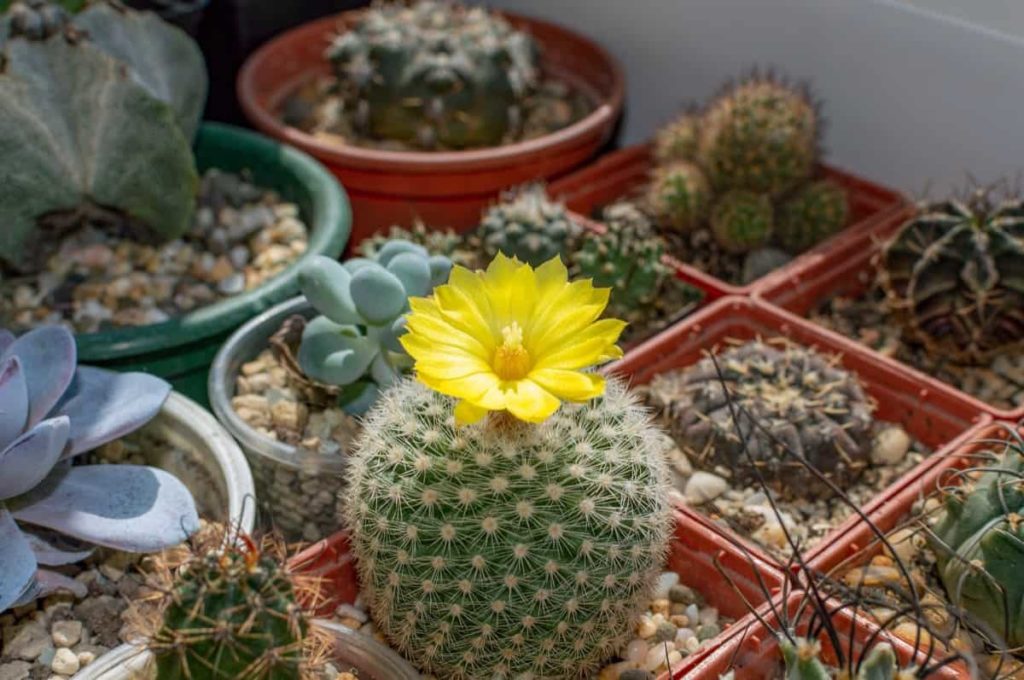
Vary colors and textures
Whether you have existing stone steps or plan to put concrete in place, experiment with different types to add interest to your garden. For example, a mix of sedum plants will offer plenty of texture. Ask your local nursery specialist to recommend plants that thrive in stone or granite environments and that complement the color of stairs. Herbs such as Golden Marjoram and flowers like Coral Bells and Common Thrift are also great choices. You can even mix in some small grasses such as Blue Sage or Big Blue Lily Turf, as long as your feet don’t have to be up and down all day.
Extend your lawn upwards
You can also soften stone or concrete steps by installing turf that will echo the look of your lawn for a contemporary feel that’s especially good in high-traffic outdoor spaces. Select one type of plant for the entire staircase for a unified, clean look. Korean grass is a good choice, a slow-growing ground cover that forms mounds. You should plant a plant every other or every third stair to make sure things don’t get too crowded. If the stairs are up against a wall, you can add vines that wrap around the stairwell.
You can also place plants under your stairs, especially if it’s an open staircase, and a spiral staircase if you don’t have any space on the walls or stairs. Although you may not be able to use the same plants for your outdoor stairs, your indoor stairs can still be decorated with different indoor plants. Choose plants that don’t need direct sunlight, and if you have pets, make sure they aren’t tempted to knock over the pots, or you’ll end up with a big mess. For indoor stairs, place them under the stairs so that no one (human or animal) can knock over your pots.
Transform your staircase into a container garden
Consider a container garden at your feet. Whether you choose identical pots or a group of different sizes and shapes, a container garden is a flexible and fun way to turn your staircase into a beautiful focal point. However, unless you have very wide stairs, only use one side for plants, so visitors can safely use the stairs without knocking over your flowers. Choose plants that aren’t too big – think Impatiens, Pansies, or Petunias—Plant Morning Glories or Clematis, which will grow upwards and produce spectacular flowers.
Techniques for the indoor garden under stairs
Mix and match these techniques and methods to create the indoor stair garden of your dreams. If you’re already a houseplant enthusiast and are bursting at the seams with indoor greenery, it might be time to look at your stairs. Plant a potted plant under the stairs, giving people plenty of room to walk up and down comfortably and safely. You may purchase a few more plants to complete the full staircase. If the space and layout in your home allow it, you can put plants in any nooks and crannies in and around your indoor stairs.
In case you missed it: Best Vegetables to Grow at Home in India: Easy for Pots, Terrace, Balcony, and Indoors
Choose plants suited for shade
Choose shade-loving plants because the area under your deck doesn’t get direct sunlight. Although the area below the deck may appear dark, it still receives some light. Plants that thrive in this environment include Hostas, Coleus for Foliage Plants, and Impatiens and Begonias for flowering plants. They can be combined to create a visually pleasing area under your deck.
Plant the flowers
Place the plants in their holes. Plants should be planted to the depth of the pot where they come from the greenhouse or plant store. Water the soil and fertilize it if necessary. Next, water according to the information that came with your plants.
Create a staircase garden
As you can see, there are many ways to imagine a stair garden, which means there’s more than one way to create one. If you’re working with a wide staircase, you have plenty of space to create your garden with edging plants. You can put greenery if there is space around or under the stairs.
If you’re feeling ambitious, you can use it as a trellis for the vines. As with all types of gardening, plant selection is also key to successful stair gardens. When you choose the right plants for the environment, you’ll see them flourish so they can add to the aesthetics of your home.
Crops suitable for the indoor garden under stairs
When it comes to planting selection, the most important factors are sun requirements, water requirements, temperature, and location. Before purchasing any plant, look closely at its care instructions to see if it suits your properties. The right plants will be different for each location and each person.
Some plants that do particularly well in indoor stair gardening are Peace lilies, Snake plants, African violets, Boston fern, Ivy, Spider plants, Fiddle leaf figs, Philodendron, Pothos, and Dracaena. ZZ plant, Spider plant, Rubber tree, Birds’ Nest Fern, Peace Lily, Philodendron Green, and Aloe Vera.
Ways to maintain a healthy growth of plants under the stairs
- Indoor plants need less water in the winter. Overwatering can kill the plant. It needs more water in summer. Fertilize only when needed. Keep your pants clean.
- Keep the area moist by placing water and pebbles in saucers or temporary reservoirs. Prune the plants at the right time. Refresh the soil periodically. Beautiful, healthy houseplants are a great way to fill your home with life and color.
- One of the best things about growing plants is using trendy indoor plants to complement your home decor. Containers are part of the equation, but the plants themselves offer color, texture, and structure to express your individuality and highlight the latest decor trends.
- Keeping indoor plants in their best shape starts with a perfect home for their roots. Your choice of a high-quality potting soil mix is the main key to your plant’s health and happiness. An ideal potting mix helps retain soil moisture so your plants don’t struggle with being too wet or dry. But the best potting soil mix for plants goes beyond the basics to ensure your plants thrive.
- Inadequate water is the number 1 cause of damage and premature death of houseplants: it causes waterlogging, leaf and flower drop, and brown tips of leaves. Overwatering causes wilting, yellowing, or blackening of leaves and fungal diseases such as root rot. Mist plants regularly with a spray bottle filled with room temperature water, place them on a humidity tray, and place a good quality humidifier in the room near your plants.
- Water indoor plants with lukewarm water whenever the top 1 to 2 inches of your potting soil mix is dry. Before watering, check quickly with a moisture meter or stick your finger in the soil.
- To achieve consistent, healthy indoor plant growth, replenish potting soil regularly with nutrients. Generally, fertilize your houseplants once a month when they grow or flower. During the winter months, when plants are generally dormant, reducing or stopping your fertilizer regimen is acceptable. Remember that these are general rules; specific plants may need their unique fertilizer schedule or type.
Caring garden plants under stairs
- Caring for a stair garden is all about caring for the specific plants you choose. Please pay close attention to the sun and water requirements for whatever plant you bring in, and stick to them as much as possible, so your garden thrives.
- When maintaining your stair garden, it’s also important to consider safety. Stairs can be dangerous even when no plants are growing around them. Prune loose vines, leaves, and other greenery, so they don’t interfere with your ability to move.
- Another important method to make indoor plants grow faster is to feed them regularly. Although plants obtain most of their nutrients through light/photosynthesis, it is still important to provide additional nutrients through the soil through fertilization.
- To make indoor plants grow faster is by pruning. Encourage your houseplants to grow faster and become bushy by regular pruning.
- Avoid houseplants with wilted or wilted leaves, wet soil, mushy stems, or short, shriveled growth. They may have gone through a rescue or an illness. Warning signs include excessively brown leaves, fallen or yellow leaves, tall stems, and visible insects.
In case you missed it: How to Grow Flowers at Home: From Seeds, Without Seeds, for Indoors/Outdoors, and Containers
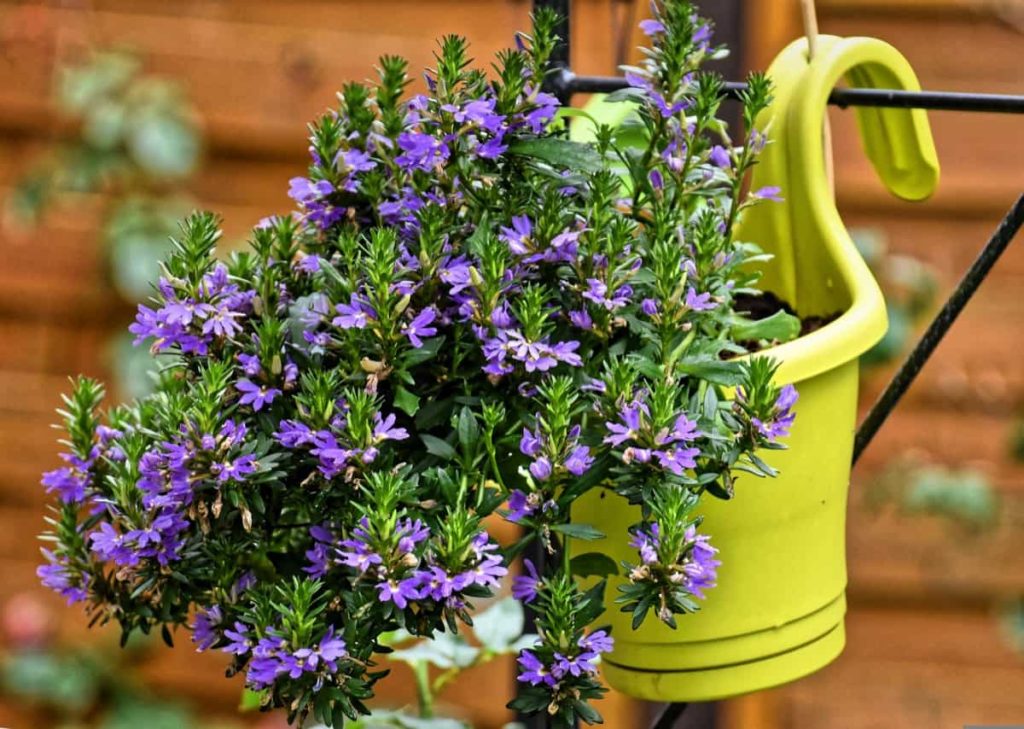
Container gardening under stairs
You can decorate under the stairs with a container plant garden. The use of palm trees is recommended. Palm trees are beautiful and eye-catching and will surely draw attention to your under-stairs garden. This garden is fancy, and it looks stunning. It is needed to brighten the interior space and make it more attractive. Plus, it’s one of the best ways to cover a gap. Firstly you need to choose the plants that will be placed under the stairs, some ornamental plants like Succulents, Ferns and Broadleaf plants are very popular nowadays.
The most important thing is that the plants under the stairs need a lot of water. Gardening is a lot of fun; even in late winter, understairs gardening ideas can still be fun. You can take care of your garden and do it indoors. Use small plants or cacti and succulents for your stairs to make them look attractive. Stairs are often one of the most neglected parts of the house, but if it’s bright and gets some light, you can use the space wisely with these indoor garden on the stairs ideas to create a mini garden there.
You can easily create a perfect decoration for the rest of your home, but the interior design rules are slightly different regarding stairs. You can either place small plants in pretty pots along the edges of your stairs or plant a large plant. Either way, your stairs will look great. You can try these sensational ideas to become one of the best indoor planters. Steps can do double duty – providing structure and interest on a sloped property, but they’re also great planting spots for species such as creeping thyme, succulents, and others.
Planting in crevices around your feet can also soften the hardscape, creating a beautiful, lush garden bonus. A container or pot garden is one of the best indoor garden areas if you like to redecorate from time to time by shifting furniture and adding extra decorative pieces or growing several indoor plants in your home. When you grow plants in pots, you can easily move them to different rooms or outdoors if needed. You can get beautiful containers that truly complement your home’s interior design.
For container gardening, you can get plants that don’t need much sunlight, such as Bromeliad, Chinese evergreen, Cast Iron Plant, Dracaena, English Ivy, Maidenhair Fern, and Parlor Palm. If your staircase is in the hall entrance, the divine aroma will welcome your guests and you after your long work day with a positive and warm welcome. Keeping in mind that your under-stairs space gets much-needed light, you can get fresh and beautifully scented plants like Gardenias, Jasmine, Geraniums, Orchids, English Lavender, etc.
Various ideas for a successful garden under stairs
Hanging succulents on the stairs
Many succulents are perfect for hanging baskets. However, it’s best to remember that not all succulent baskets are suitable for hanging. Succulents with thin stems that don’t stand straight are suitable for hanging baskets. Some great succulents for hanging baskets include String of Buttons, Variegated Portulacaria Afra, String of Banana, String of Dolphin, and String of Pearls.
Small Pots with Cacti and Succulents
This is a fantastic idea to add more charm to a small staircase. Grow small cacti and succulents in small pots and make your home look beautiful. Many succulents can be grown in your home, some of which are among the easiest plants to care for. These are great plants for beginners, but as with any gardening and houseplant growing, you must know what you’re doing and how you treat them to get the most out of them.
In case you missed it: Top 22 Succulents to Grow at Home: in Pots, Indoors, Greenhouse, Problems, and Care
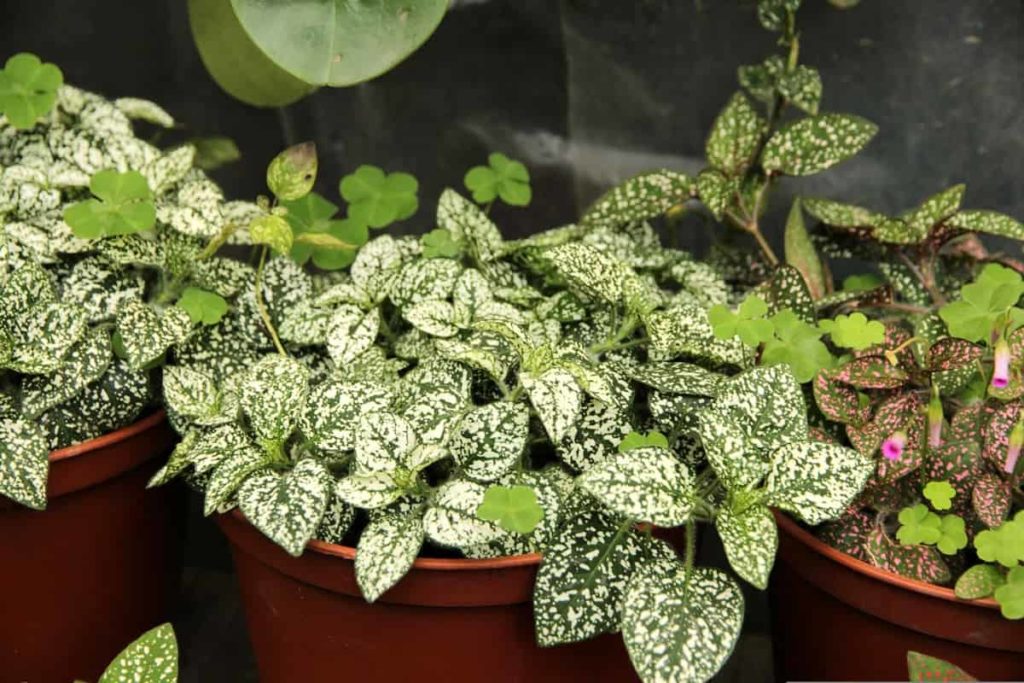
If you buy desert cacti, ensure they are planted in well-drained compost. They should be well watered in spring and summer with warm water. However, compost should be allowed to dry out almost completely during the winter months, especially if they are in cool conditions. It allows the cacti to remain dormant. During active growth, cacti should be fed once every three weeks. For this purpose, you can use well-diluted tomato fertilizer.
Contrasting Bamboo Indoor Pebble Garden
White and brown pebbles, low-lying plants, and tall bamboo shoots — this example uses harmonious contrasts to make a simple and balanced indoor garden. They’ll look great under your stairs if you have room for them.
The snake plant glory
The long leaves of the snake plant will beautify your stairs and help keep the indoor air free of pollutants. Snake plants prefer a loose, well-draining potting mix. This plant will do well in sandy soil. Overwatering is the most common problem with snake plants (and other succulents). These plants do not tolerate wet soil well. They are prone to root rot.
The Orchid Centerpiece
This small garden under the stairs uses two different types of pebbles to create an interesting pattern with the stones. And the orchid centerpiece provides a beautiful splash of color.
Mini jungle under Stairs
This indoor pebble garden benefits from stunning windows that bathe the plants in light. The plants climbing up the stairwell gives the effect of an indoor mini jungle. And it’s only complimented by the fact that tall greenery is also growing outside on the other side of the glass.
Cacti under the stairs
Although not the only plants in the photo below, cacti play an important role in this arrangement. They complement the rough look of pebbles and add texture and variety. Cacti are also extremely low maintenance. Designing your indoor pebble garden below ground level can lead to surprising results. You can hide plant containers and create a smooth transition from pavement to pebbles without borders.
A few beautiful vases
Placing some pots under the stairs is all you need to create a small indoor garden. Many sizes of containers, plant styles, and colors can be combined with stone rugs to achieve a stunning aesthetic.
White orchids and pebbles under the stairs
White orchids and white pebbles can help you recreate the awkward space under the stairs. Depending on available space, you can add additional greenery to balance the arrangement. You’ll need a light source close to the plants for this setup. If you’re adding pots under stairs, cover the ground with a thin layer of pebbles, so they blend in better with the landscape. It allows you to water indoor plants as needed.
In case you missed it: How To Protect Tulsi in Winter Season in the USA: From Dying, Indoor Care, and Outdoor Care
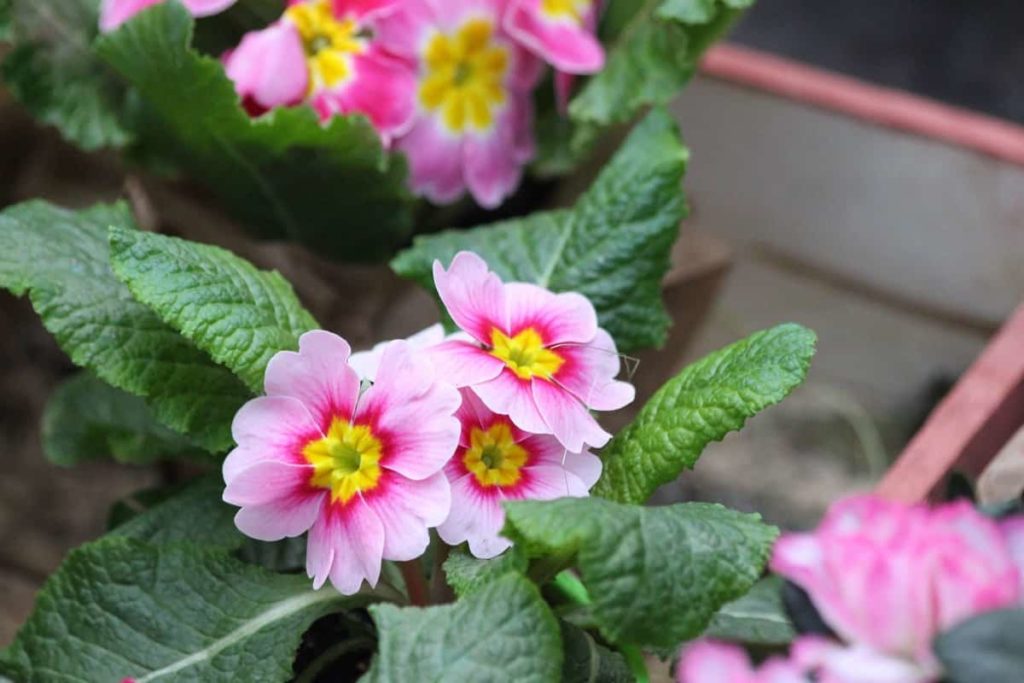
Hanging baskets with pots
Use the space on your stair landing area wisely by placing some pots and hanging plant baskets.
Conclusion
Creating a garden under the stairs can be a lot of fun and enhance your interior’s look. Now is the time to think about how to create a mini garden under stairs that is well organized and simple. It covers all the unused space under the stairs. It will not cost you much to get such a garden. It is made of simple materials. Placing the best indoor plants on stairs depends on space availability and personal preference. Gardens under stairs do not require a large space. The best feature of under-stair gardens is that their size is controllable.
- Types of Pesticides Used in Agriculture: A Beginner’s Guide
- Economical Aquaculture: A Guide to Low-Budget Fish Farming
- 15 Common Planting Errors That Can Doom Your Fruit Trees
- How to Make Houseplants Bushy: Effective Tips and Ideas
- Innovative Strategies for Boosting Coconut Pollination and Yield
- Pollination Strategies for Maximum Pumpkin Yield
- The Complete Guide to Chicken Fattening: Strategies for Maximum Growth
- Natural Solutions for Tulip Problems: 100% Effective Remedies for Leaf and Bulb-Related Issues
- Revolutionizing Citrus Preservation: Towards a Healthier, Greener Future
- Natural Solutions for Peony Leaf and Flower Problems: 100% Effective Remedies
- Maximizing Profits with Avocado Contract Farming in India: A Comprehensive Guide
- Natural Solutions for Hydrangea Problems: 100% Effective Remedies for Leaf and Flowers
- The Ultimate Guide to Choosing the Perfect Foliage Friend: Bringing Life Indoors
- From Sunlight to Sustainability: 15 Ways to Use Solar Technology in Agriculture
- The Ultimate Guide to Dong Tao Chicken: Exploring from History to Raising
- The Eco-Friendly Makeover: How to Convert Your Unused Swimming Pool into a Fish Pond
- Mastering the Art of Delaware Chicken Farming: Essentials for Healthy Backyard Flocks
- 20 Best Homemade Fertilizers for Money Plant: DIY Recipes and Application Methods
- How to Craft a Comprehensive Free-Range Chicken Farming Business Plan
- Brighten Your Flock: Raising Easter Egger Chickens for Beauty and Bounty
- How to Optimize Your Poultry Egg Farm Business Plan with These Strategies
- Subsidy for Spirulina Cultivation: How Indian Government Schemes Encouraging Spirulina Farmers
- Ultimate Guide to Raising Dominique Chickens: Breeding, Feeding, Egg-Production, and Care
- Mastering the Art of Raising Jersey Giant Chickens: Care, Feeding, and More
- Ultimate Guide to Raising Legbar Chickens: Breeding, Farming Practices, Diet, Egg-Production
- How to Raise Welsummer Chickens: A Comprehensive Guide for Beginners
- How to Protect Indoor Plants in Winter: A Comprehensive Guide
- Ultimate Guide to Grow Bag Gardening: Tips, Tricks, and Planting Ideas for Urban Gardeners
- Guide to Lotus Cultivation: How to Propagate, Plant, Grow, Care, Cost, and Profit
- Agriculture Drone Subsidy Scheme: Government Kisan Subsidy, License, and How to Apply Online
- Ultimate Guide to Raising Araucana Chickens: Breed Profile, Farming Economics, Diet, and Care
- Bringing Hydroponics to Classroom: Importance, Benefits of Learning for School Students
- Ultimate Guide to Raising Polish Chickens: Breed Profile, Farming Economics, Diet, and Care
- Ultimate Guide to Raising Australorp Chickens: Profile, Farming Economics, Egg Production, Diet, and Care
- Silkie Chicken Farming: Raising Practices, Varieties, Egg Production, Diet, and Care
- Sussex Chicken Farming: Raising Practices, Varieties, Egg Production, Diet and Care
